In a world where design trends often come and go, there is a timeless allure to incorporating centuries-old materials and techniques into modern design. This enduring charm, celebrated by design experts and enthusiasts alike, transcends the ebb and flow of passing fads. Whether your building in Rochester, NY, or looking for homes in San Marcos, CA, this Redfin article, we explore the enduring appeal of materials like limestone, travertine, klismos chairs, and tadelakt plaster, and how they maintain their relevance in today’s design landscape.
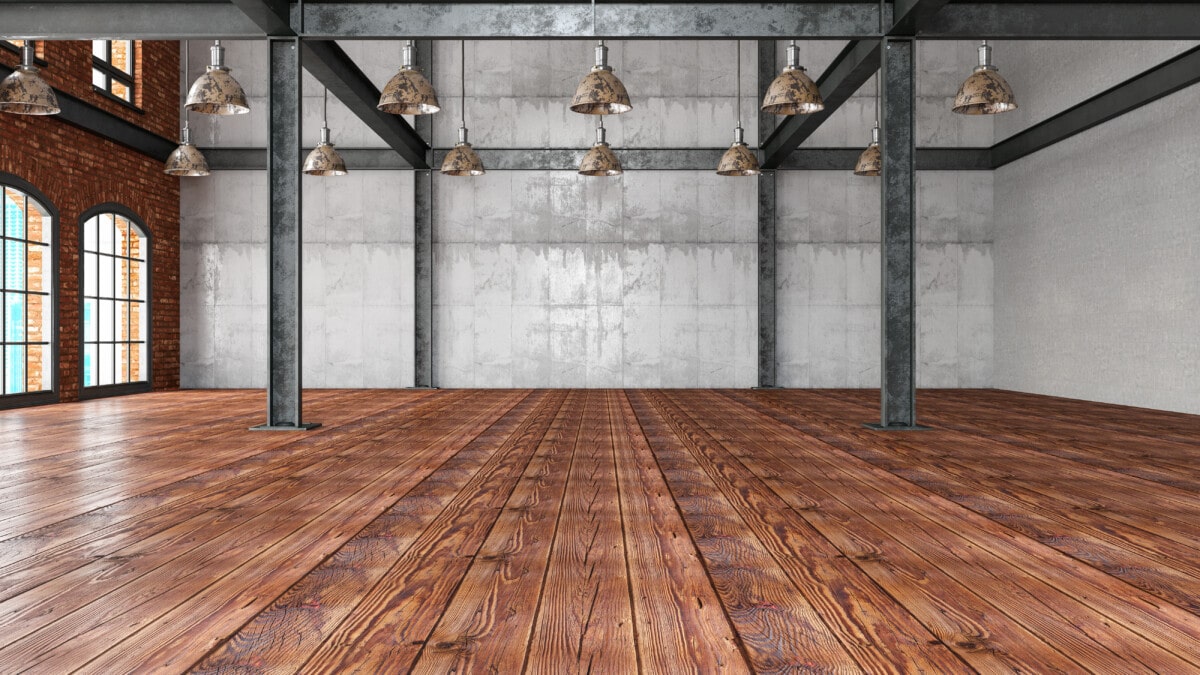
1. How to harmonize
“Harmonizing ancient elements with modern design requires a thoughtful and balanced approach,” recommends Nouveau International Design. “First, one must respect the integrity of the ancient materials and techniques, understanding their inherent qualities. Focus on creating a dialogue between the old and new, seeking complementary elements that enhance each other’s beauty. Embrace simplicity and minimalism to allow the historical elements to take center stage. Lastly, ensure a cohesive narrative through consistency in color palette, proportions, and overall design concept, allowing the ancient elements to shine without overpowering the space.
When infusing spaces with ancient materials and techniques, designers should be mindful of potential pitfalls. Avoid overdoing the historical elements, as balance is key. Maintain a sense of proportionality, incorporating contemporary elements to prevent the space from feeling dated. It is also important to ensure proper maintenance of the ancient materials, as they require specific care to retain their beauty and longevity. Careful planning, consideration, and expert guidance are crucial to navigate potential challenges successfully.”
2. Turn your ancient material into a focal point
“Incorporating natural materials such as limestone into interior design projects adds a timeless touch,” shares Souled Home Design. “Natural products provide a soft and versatile backdrop and add texture to any space. Their ability to stand the test of time ensures that they remain a steadfast element in the design, even as styles evolve. Unlike lights and accessories, which can easily change with shifting trends, natural materials provide a foundation for lasting beauty. Do this by carefully adding a selection of one or two charming and well-made ancient elements to serve as focal points, while adding modern features that exhibit similar colors or style.
The home below was built in 1938, and is one of our current projects in progress. A previous homeowner covered the original exterior limestone with white paint. Utilizing glass sandblasting to delicately strip away the paint, since limestone is soft and requires a gentle touch, we were able to preserve the historic limestone material. These projects reflect our commitment to blending the past and present in interior design.”
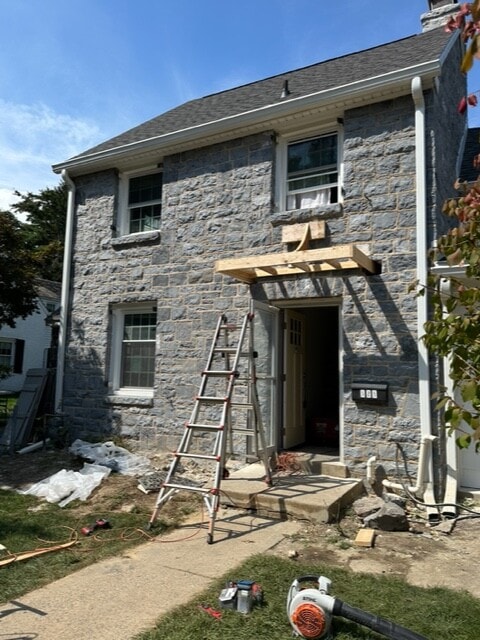
Courtesy of Souled Home Design
3. Ancient material features should be unique, original, and hand crafted
“The abundance of work and play has shifted onto screens in recent years. Simultaneously, there has been a resurgence in the attraction and appreciation of handcrafted and traditional materials, offering a sense of comfort,” says Alabama Sawyer. “Screens are becoming flatter, while our desire for tactile and imperfect experiences grows. This shift isn’t just a reflection of passing trends; it’s a necessary response to the automation and computer-generated products that have replaced in-person interactions.
Efficiency is crucial in business operations, and while the initial stages of urban wood fabrication often involve machines, the high-touch process of sanding adds intrigue and irregularity. Each piece of urban wood is unique, as it is not cultivated for uniformity. Consequently, every plank and production step exhibits slight variations. Our cast iron (and bronze) bases are designed using several patterns that transition between manual and computer processes multiple times before becoming molds. This complexity means that even a seemingly simple change, like making a piece one inch taller or thicker, becomes an arduous process. Traditional processes and materials defy our fast-paced mentality, but their inherent mystery brings a sense of delight.”
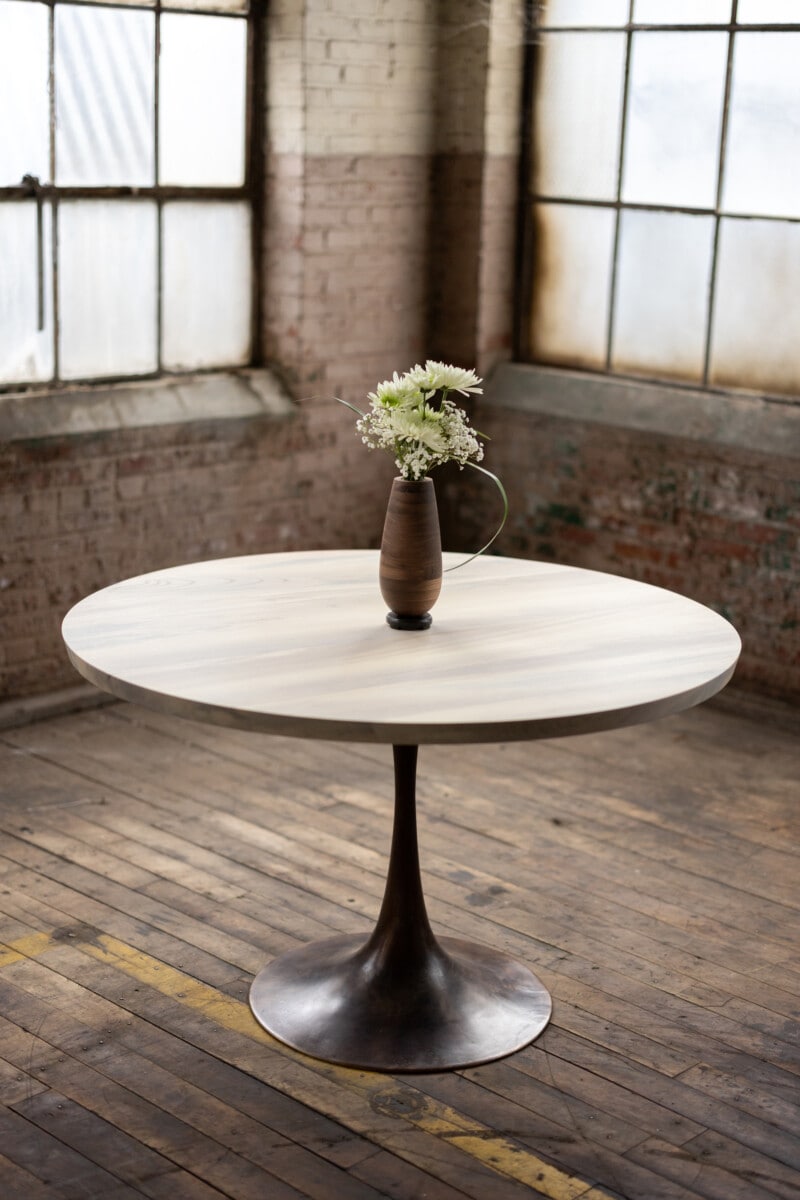
Courtesy of Alabama Sawyer
4. Add personality into your design
“I’ve found that without character, modern design falls flat. My go to incorporating character is through organic and antique materials and techniques,” suggests Eclectic Design Co. “Materials like limestone, travertine, quartzite, and tadelakt (or plaster) are some of the most timeless materials to incorporate into designs because of durability. They’re durable in both the physical and figurative/aesthetic sense. They are physically hard materials and they are aesthetically pleasing.
These materials are commonly being improved upon when it comes to design and how to use them as well. Limestone and Travertine tile 10 years ago came in a few sizes and shapes and patterns, now the options are endless and there are options for any design style making it easy to blend into new designs.
I would avoid using them in a way you’ve seen them done before, instead, use them in a nuanced design. Push the envelope. The worst thing you can do as a designer besides not measuring a space accurately or making an incorrect specification is playing it safe and copying something you’ve seen before. Not only is it stealing someone’s intellectual property but it’s boring! Design is about getting creative and pleasing your client in the process.”
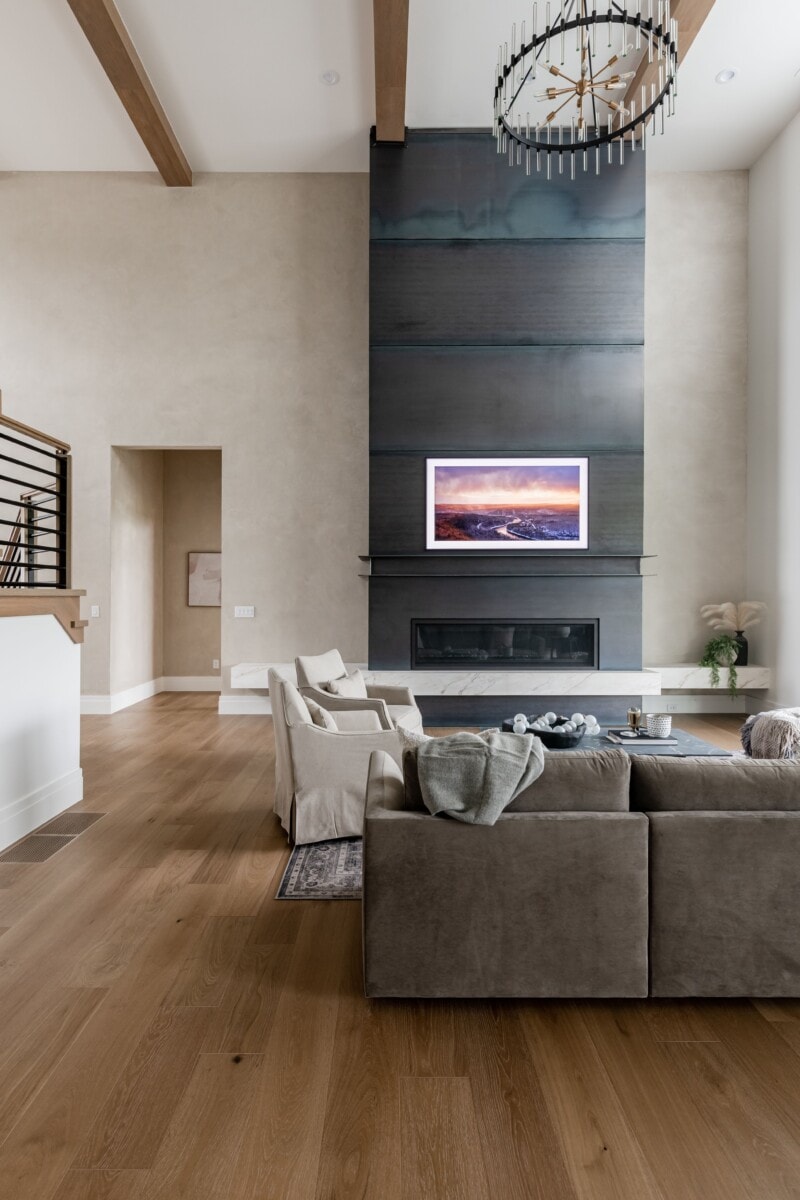
Courtesy of Eclectic Design Co.
5. Study evergreen design
“For those eager to embrace evergreen design, study history, travel for inspiration, network with artisans, plan meticulously, customize, stay flexible, collaborate closely with clients, and continually refine your craft,” recommends Wabi Sabi Hawaii. “Embrace continuous learning, immerse yourself in the history of the materials, and always prioritize the essence and functionality of the space. Every design choice should be both intentional and intuitive.
What sets our designs apart is their timeless elegance rooted in cultural significance, craftsmanship, and adaptability. These elements tell compelling stories that resonate across generations, standing the test of time.
Aspiring designers should avoid over-literal replication, neglecting functionality, and ignoring maintenance needs. Find the balance between classic and modern, prioritize lighting, and stay eco-conscious. Remember, balance is key.”

Courtesy of Wabi Sabi Hawaii
6. Adhere to the principles of the design
“View the project holistically. The design needs to adhere to principles of balance and proportion to create a harmonious feel,” recommends Peter Vincent Architects. “The natural materials need to support the functionality and utility of the design. The color palette should be enduring and calming, reflecting the natural environment. Find a designer who understands these concepts and can apply them to your programmatic needs in an individual way – not a cookie-cutter approach.
These materials or techniques can detract from a design if not incorporated properly. Special attention needs to be paid to not overwhelm a space with these materials and techniques. The key is to prioritize functionality and create a contemporary, timeless space that strikes the right balance.” 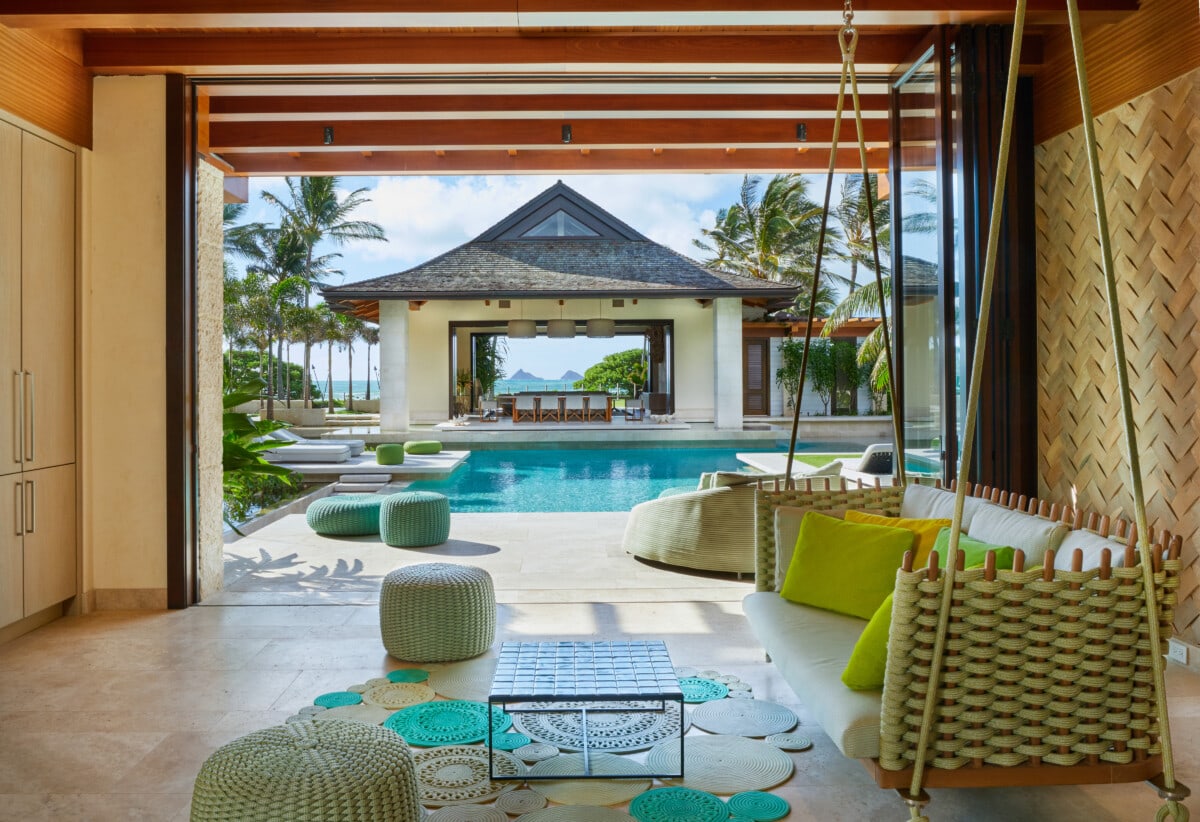
Courtesy of Peter Vincent Architects
The post Ancient and Contemporary: Incorporating Centuries-Old Materials into Modern Design appeared first on Redfin | Real Estate Tips for Home Buying, Selling & More.
------------Read More
By: Holly Hooper
Title: Ancient and Contemporary: Incorporating Centuries-Old Materials into Modern Design
Sourced From: www.redfin.com/blog/ancient-materials-modern-design-tips/
Published Date: Tue, 03 Oct 2023 19:50:56 +0000
.png)





